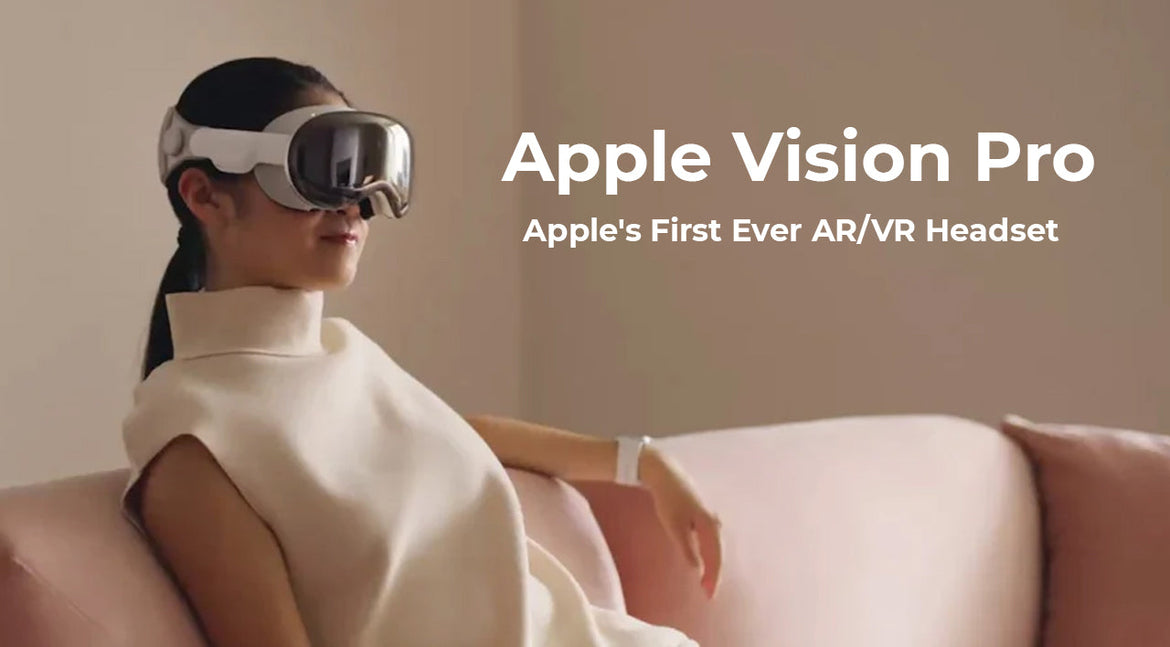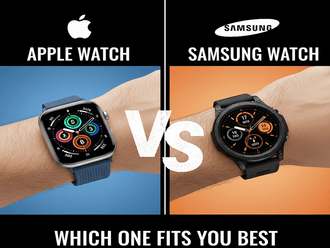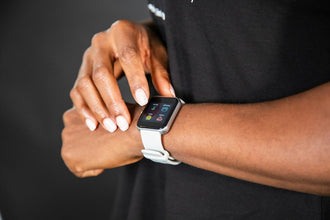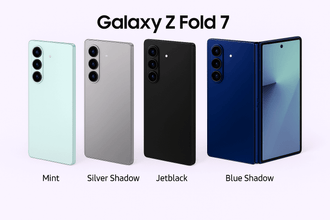
Apple Vision Pro - The first step towards Spatial Computing
- 07 Jun, 2023
Apple Vision Pro: A Game-Changer in Augmented Reality
In the realm of cutting-edge technology, the Apple Vision Pro made headlines when it was first released in 2023 as the company's first foray into spatial computing. Now, in 2025, the headset has made the transition from concept to reality, showcasing how augmented reality (AR) can become a seamless part of our everyday lives. This blog revisits the Apple Vision Pro with updated details on its availability, practical applications, and insights.
The Apple Vision Pro's Hardware Breakthroughs
At the heart of the Apple Vision Pro lies the powerful M2 chip, a groundbreaking piece of technology that propels this AR headset into a league of its own. The M2 chip provides exceptional processing power, ensuring smooth and fluid interactions within the AR environment and enabling advanced AR features like dynamic object rendering and real-time scene adaptation. With the M2 chip's capabilities, the Apple Vision Pro can handle complex rendering, immersive graphics, and intricate spatial mapping, enabling users to seamlessly merge virtual and physical worlds.
Even though its initial adoption was slower, Apple Vision Pro is making great progress thanks to three revolutionary features: on-device AI processing, intuitive object tracking for IoT control, and real-time AI assistance via camera access.
Astonishing Sensor Integration
Equipped with a vast array of sensors, the Apple Vision Pro opens up a realm of possibilities for users. By incorporating LiDAR technology, the headset can precisely map the user's surroundings, enabling the seamless integration of virtual objects into the real world. Additionally, depth sensors, accelerometers, and gyroscopes work in tandem to track movement accurately, providing a truly immersive AR experience. These advanced sensors lay the foundation for a new era of interactive applications and content creation.
Introducing the Revolutionary R1 Chip
One of the most exciting features of the Apple Vision Pro is the introduction of the R1 chip, specifically designed to handle AR-specific tasks, continues to deliver ultra-low latency and responsive interactions. This dedicated chip optimizes performance, energy efficiency and latency, ensuring that users can interact with AR elements in real-time without any noticeable lag. The R1 chip's integration brings a new level of responsiveness and accuracy to the Apple Vision Pro, enhancing the overall user experience and pushing the boundaries of what's possible in augmented reality.
Unleashing the Potential of Apple AR Glasses
The Apple Vision Pro, also referred to as Apple AR Glasses, represents a significant leap forward in wearable technology. Its lightweight design and comfortable fit make it suitable for extended usage, allowing users to seamlessly integrate augmented reality into their daily lives. Whether it's exploring interactive AR games, visualizing 3D designs, or enhancing productivity with AR-based apps, the Apple Vision Pro opens up a new world of possibilities.
Price and Availability
Generally, whenever a new technology is introduced, it does cost at a higher price point. In 2024, the Apple Vision Pro launched in the United States for $3499, and it is now available in many international markets. To increase adoption, Apple is reportedly developing a less expensive version of the product, even though it remains a premium one.
Conclusion
As Apple continues to push the boundaries of innovation, the Apple Vision Pro emerges as a game-changer in the world of augmented reality. With its powerful M2 chip, an impressive suite of sensors, and the groundbreaking R1 chip, this AR headset is poised to revolutionize how we interact with digital content. As a testament to Apple's innovation, it provides users with new ways to engage with technology in professional as well as personal settings in 2025.





























